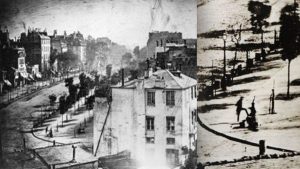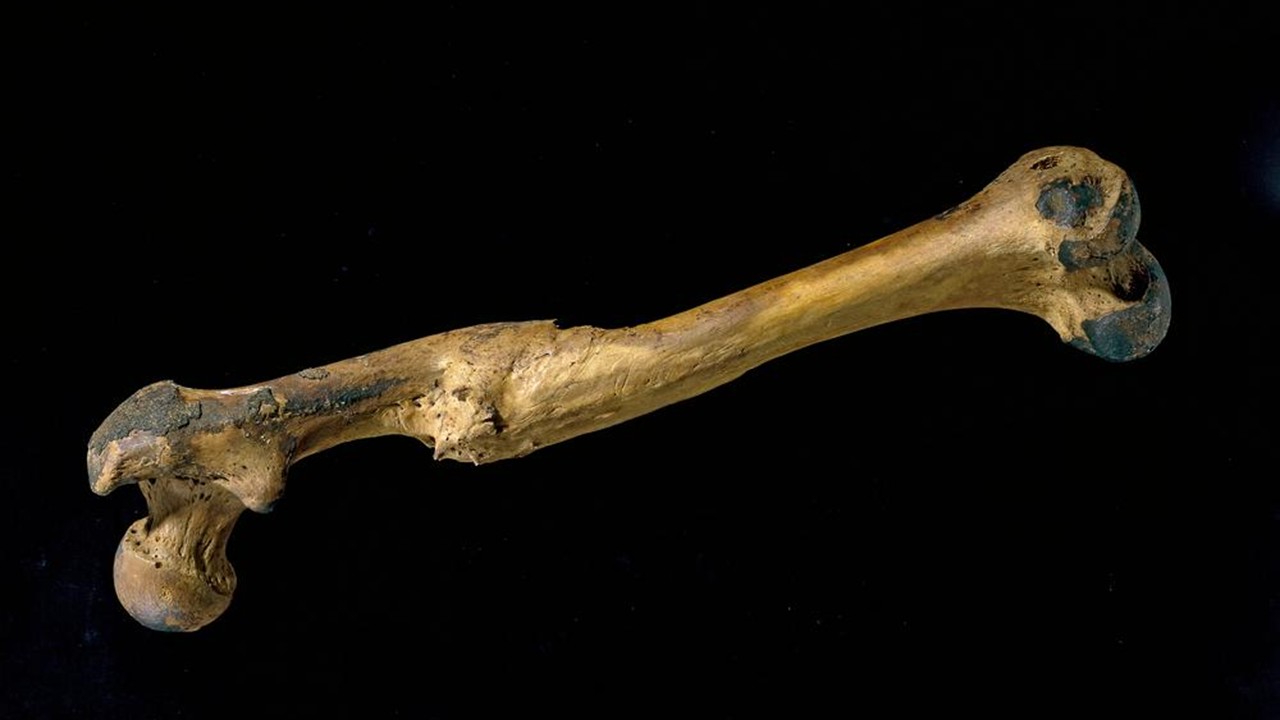“Having someone wonder where you are when you don’t come home at night is a very old human need. ” ―
What was the earliest sign that our species was truly “human”—different from every other species on earth? It wasn’t controlled use of fire, stone tools, or even burial of the dead.
According to Margaret Mead, it was something far more profound: a 15,000-year-old femur bone that had healed.
Why does this matter? Because a fractured femur takes roughly six weeks to heal—six weeks during which that person couldn’t hunt, gather, or defend themselves. Someone had to care for them. Someone brought them food, protected them from predators, and tended to their needs. Without that compassion, they would have died.
That healed bone is evidence of something revolutionary: human compassion.
Caring for others isn’t just part of being human—it may be the defining trait that made us human in the first place. We evolved through connection. We survived because we chose to care.
In our polarized world, this ancient bone offers a timeless reminder: our humanity depends on how we care for one another.
More Wellness Ideas
Engaging with old things can bring new perspective to our modern problems and can ground us by remembering we humans have survived and endured and prospered.
The only recording of Florence Nightingale July 30, 1890
The voice of someone born over 200 years ago… We nurses hold Florence Nightingale in the highest regard for transforming nursing from unskilled labor into a highly educated profession based on scientific principles. She envisioned the best of modern nursing.
The Oldest Known Photograph of a Human Being, 1838
Boulevard du Temple by Louis Daguerre. Exposure time was 10 minutes. The cropped closeup on the RIGHT is a man getting his shoes shined.

Dan Pink on What he Wished he Knew at Twenty
My Favorites? #1, #6, #14 – Doing over planning
How to Approach Strangers at a Party (if you are shy)
Stay Well, Eileen

